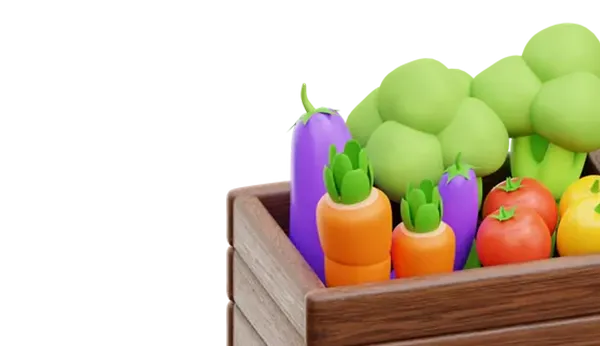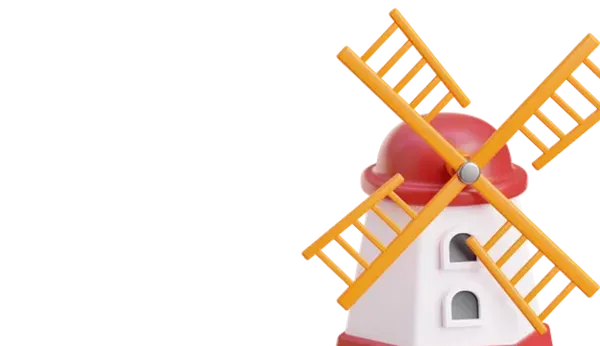The company "Podosinki" plans to build a greenhouse complex in the Moscow Region, specifically in the Ramensky urban district. The implementation of all project stages is planned by 2030, after which the complex's capacities will be used to cut 60 thousand roses daily. For 15 years, the company has been successfully engaged in the flower business, cultivating more than 60 varieties of roses. Currently, their greenhouse complexes are located in the Ramensky and Dmitrovsky districts of the Moscow Region, with a total area of 18 hectares. As part of the plans, the company intends to expand its greenhouse complexes to 24 hectares and achieve a cutting volume of 42 million roses annually.
The CEO of the company "Growth Technologies," Tamara Reshetnikova, notes that "Podosinki" is the most efficient rose grower in Russia from a commercial and production perspective. The roses grown in their industrial rose gardens are characterized by high yield and absence of diseases. "Podosinki" have extensive experience in growing roses for cutting, and also have an affiliated retail network - "Rose Line," predominantly in Moscow and the Moscow Region. As a result, the company's average prices for roses are slightly higher than the market due to their quality and size.
However, there are risks associated with expanding the "Podosinki" greenhouse project. One of the problems is the limited government support for building flower greenhouses. To ensure successful rose cutting, lighting needs to be provided, which significantly depends on the cost of energy sources. The cost of energy resources and the overall economic situation affect the company. Another serious risk is attracting qualified staff, especially workers. The population of the Moscow Region shows little interest in working in agricultural enterprises, and a high salary is required to attract them, Reshetnikova noted.
Another risk is related to sales. The company may need to develop logistics and product sales, as cut roses need to be sold quickly. An expert also points out problems with planting material for rose gardens, which is imported through third countries, making logistics more costly and time-consuming, and creating a risk of unforeseen circumstances during delivery. In addition, competition is complicated by the import of cheap roses from South America and Africa, where they grow in open ground and production costs are significantly lower, according to Reshetnikova.















